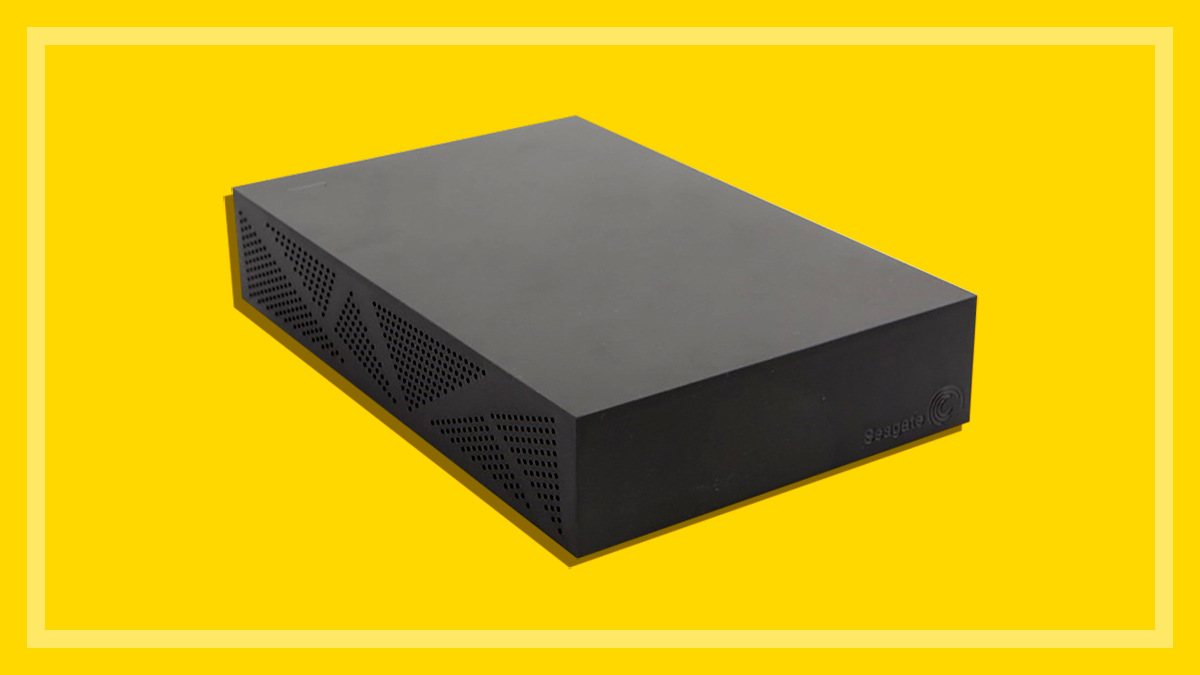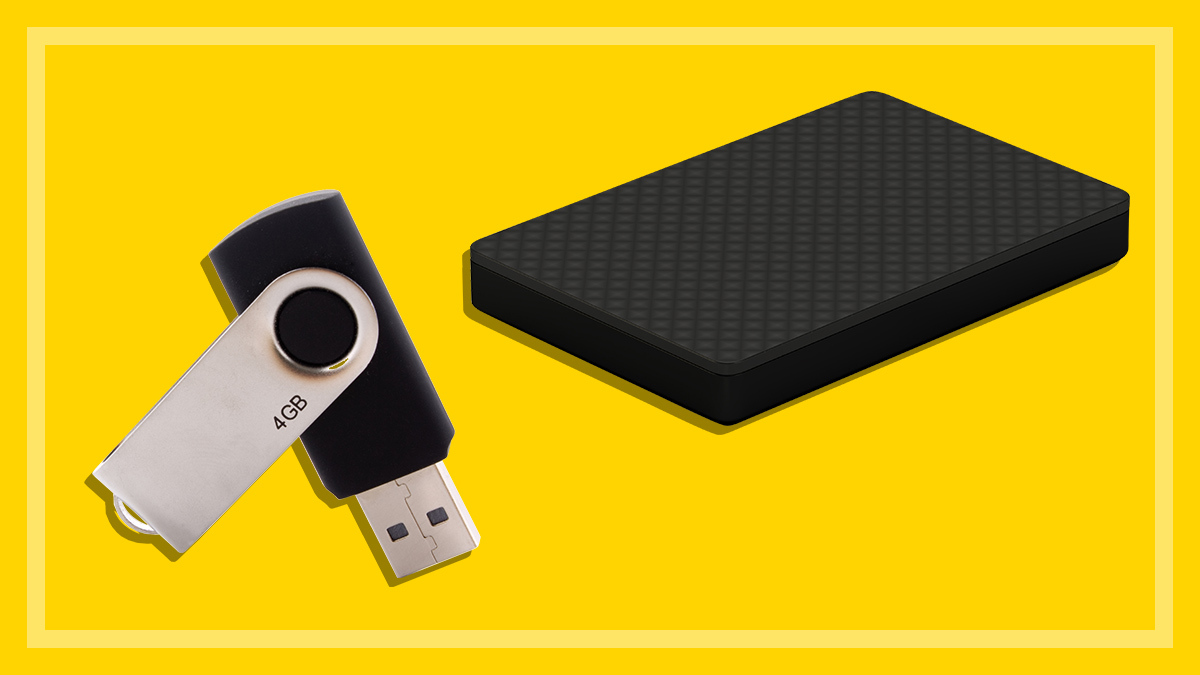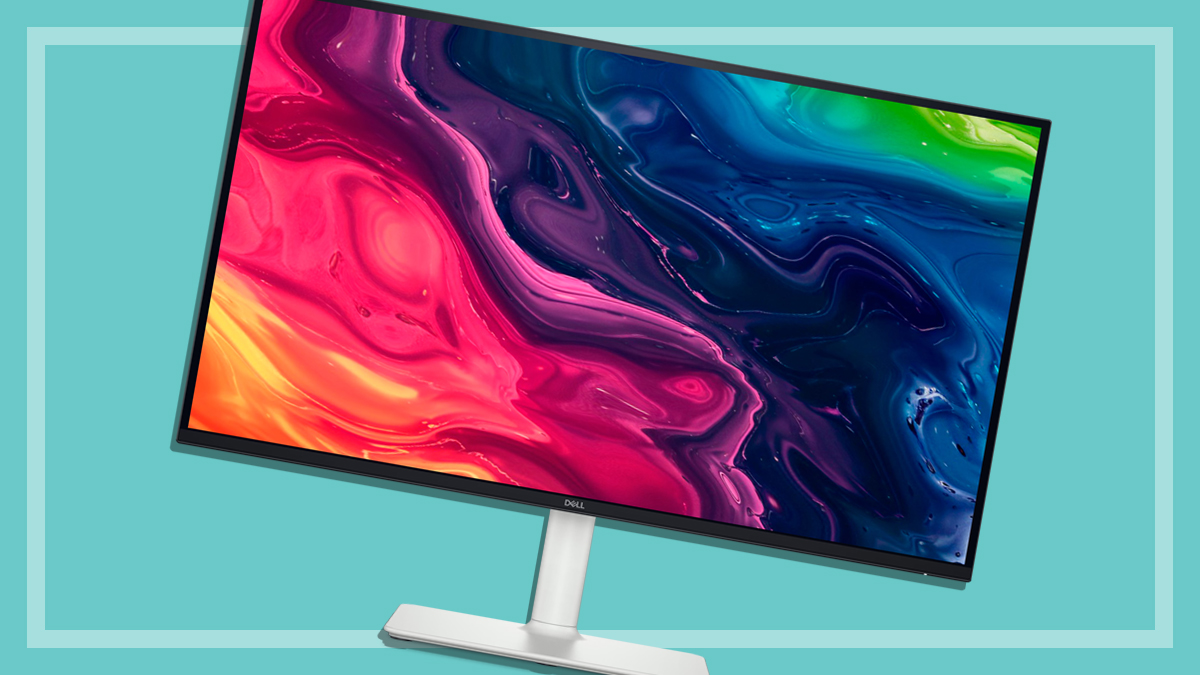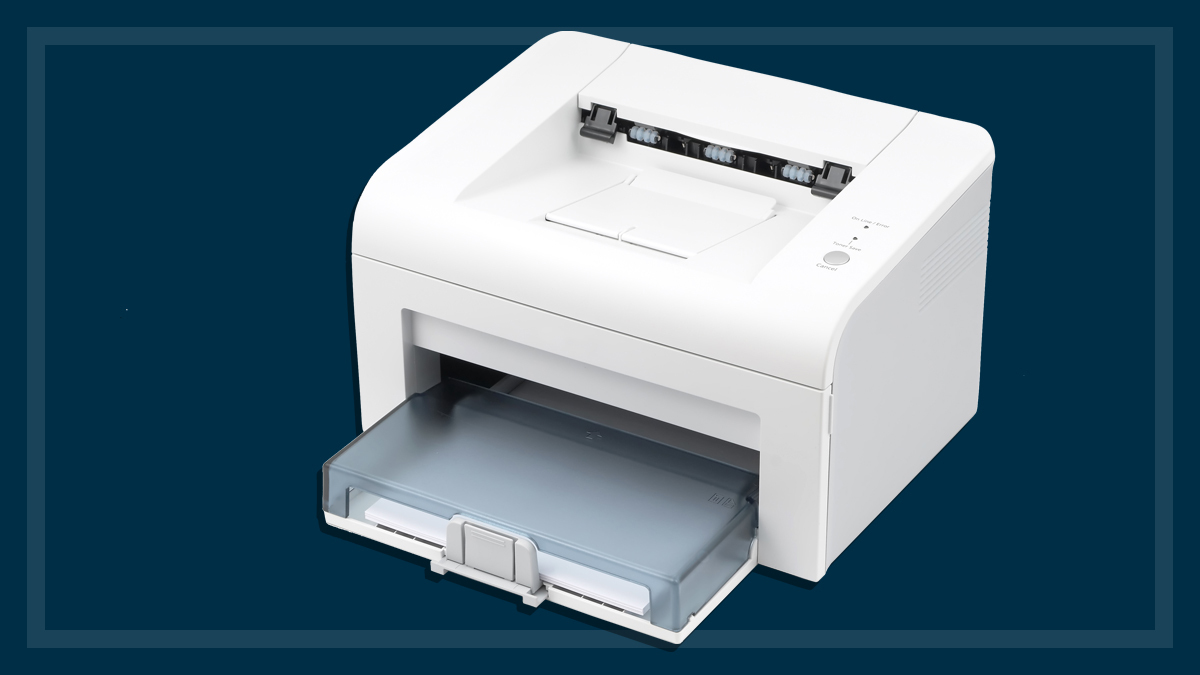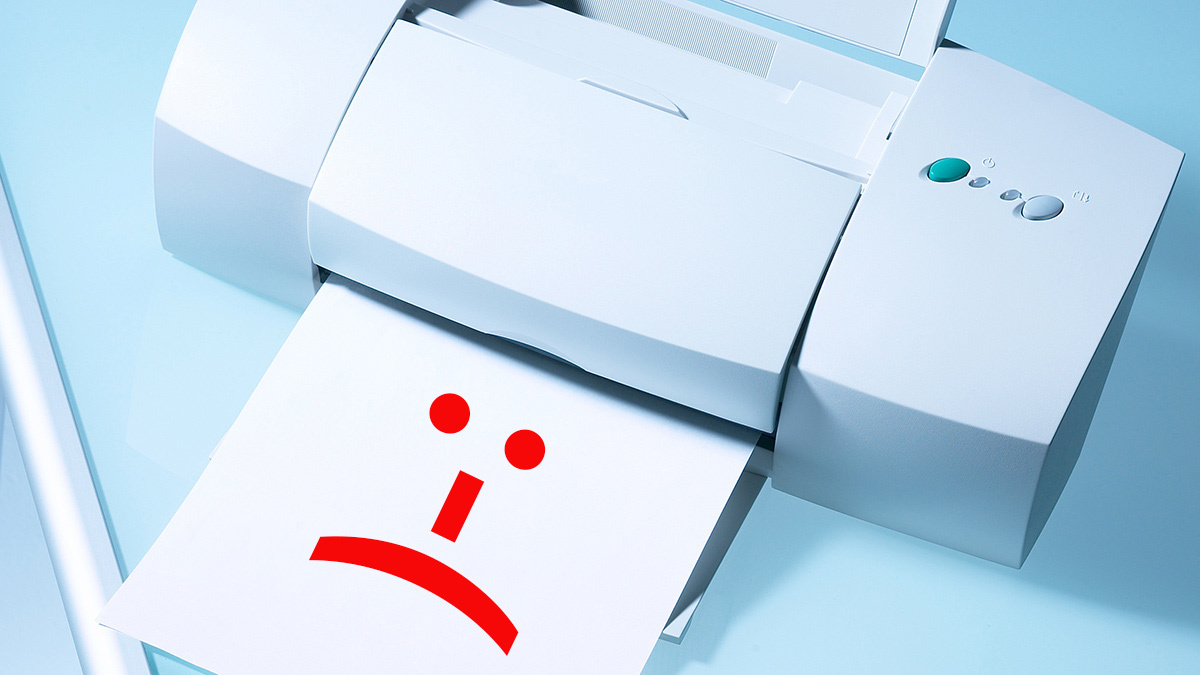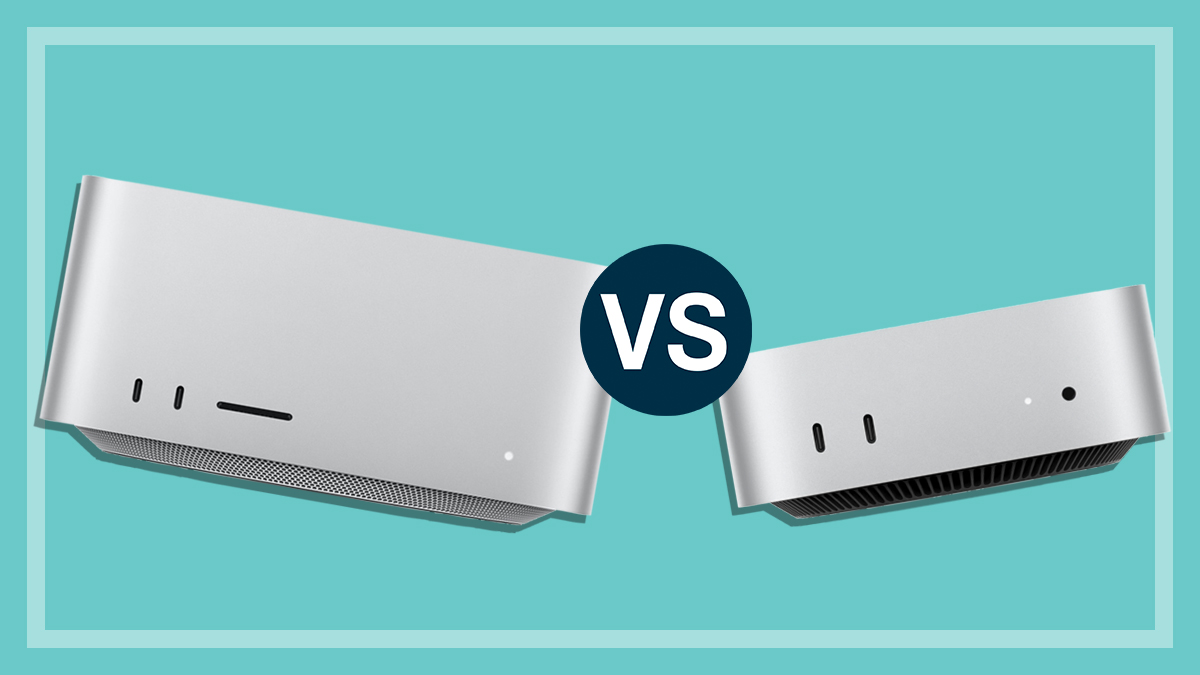How to buy the best external desktop hard drive
If limited storage is cramping your computer's style, it might be time to buy an external hard drive.
Last updated: 9 Mar 2017
Computer storage starting to hit capacity? With all the digital photos, videos and music we collect these days, a large capacity backup drive is essential. We look at the different external hard drives (also called desktop hard drives) and show you what to look for.
On this page:
How much do external hard drives cost?
Single-box external drives are commonly available in sizes from 2TB, 3TB, 4TB, 5TB and up to a very useful 8TB. The 3TB – 4TB models hit the sweet spot for price versus capacity for most people. Standard units cost as little as $125, while 8TB drives run into $400 or more.
You can find units with greater capacity but they will be dual drives put together in one box and set up with RAID 0 (striping) for speed (this reads and writes to both drives at once as if they were one drive). These will be a bit bulkier and more expensive.
In any case, a few hundred dollars is nothing to be sneezed at, so you want to make sure you’re getting the best external hard drive for your needs.
How much space do you need?
Capacity is often the first consideration, and usually the larger the better, especially if the drive is to be used as a backup drive. Choose a drive with at least twice the space required to back up your system software and all your files. This allows room for your backup to grow, as incremental backup adds versions of every new and altered file to the main backup set. This is is the most common form of backup.
Also, don’t fill up your drive completely or it won’t work efficiently. Try to leave at least 20% of drive space unfilled to give the system room to ‘move’. It is common for the operating system and programs (particularly graphics programs) to write temporary invisible files to your main hard drive as you work. These temporary, or cached, files need to be stored somewhere, even if only for a little while.
If you’re looking at a large drive (such as 8TB) for extra storage, consider whether you could make do with two smaller units instead. This reduces the risk of data loss, as your files are spread across two drives, meaning you’ll only lose half if a drive were to fail. Of course, both drives need to be backed up regularly, as well as the main drive in your PC. In fact, every drive you use should be backed up to another drive for safekeeping. Fortunately, big storage is getting cheaper all the time.
What else you should know
Set-up and formatting
Setting up an external hard drive is a plug-and-play process and most models come pre-formatted, so they’re ready to use straight out of the box. Usually there’s no need to install special software or drivers, though you may want to install utility software that came with the drive (or use your own) and partition the drive into smaller segments.
Most large drives intended for Windows PCs will come formatted as NTFS, which is a more efficient format for large volumes. Mac-ready drives will be formatted as HFS+. Mac computers (OS X) can read but not write the NTFS-format, unless you install special drivers such as Paragon Software’s $20 NTFS for Mac.
You can reformat NTFS drives to HFS+ using OS X’s Disk Utility software or alternatively to EX-FAT. You can also format drives to FAT 32 but this is not recommended because although it has wide compatibility, it has volume-size and file-size limitations that will prevent you getting the most out of your large capacity hard drive).
Some drives we tested provided a choice between using NTFS and FAT 32 when setting up the drive.
Connections
The standard connection type is USB 3.0, which is backwards-compatible with USB 2.0. However, USB-C is becoming more common as PC and laptop makers start to include it in new models. For external storage the fastest and most future-proof kind of drive will use Thunderbolt 3, which shares the same plug shape and size as USB-C, but at 40Gbps is up to eight times as fast as the basic USB-C spec.
If you have an older PC or laptop you may want a drive with eSATA, FireWire, Thunderbolt or Thunderbolt 2 interfaces, but these are becoming hard to find. An advantage with Thunderbolt (all versions) and FireWire is that they allow for daisy-chaining – attaching other drives end-to-end while using only one connection to the computer.
USB-C can pull enough energy from your PC to run a desktop hard drive, removing the need for a power cable. However, this new technology is only available on a handful of drives, such as the Seagate Innov8.
Different interfaces will yield different performance speeds, even with the same drive. Thunderbolt 3 is the fastest connection standard, followed by Thunderbolt 2, Thunderbolt 1, USB 3.1, USB 3.0, eSATA. USB 2.0 is largely phased out now, but you may come across old drives that still use it.
Note that USB 3.0 drives can have either of two different types of connector and an appropriate cable must be used. Some Thunderbolt drives don’t come with a cable, so you’ll need to buy one separately.
USB-C is a little different, in that the name refers to just the connection type, rather than the connection type plus the protocol communicating with your computer (e.g. USB 3.0). It can actually support a number of protocols including Thunderbolt, USB 3.1 and USB 3.0.
Speeds can vary depending on the manufacturer, so check the side of the box – don’t just assume that your USB-C connected drive will be able to transfer data at a fast rate.
Utility software
Drives often come with software for formatting, partitioning or otherwise managing your storage and media content. The packaging should tell you what types of utilities come with your drive, or look up the drive details on the manufacturer’s website. However, don’t assume that just because a drive comes with software that it’s the best option, or that it’s even a full version.
Some supplied software is a cut-down version of a commercial product. Many Seagate external drives, for example, come with a modified version of Paragon’s NTFS for Mac, but the cut-down version only works for mounting Seagate NTFS-formatted drives on a Mac. Other drives may come with backup software that might only have a basic subset of the features you’ll find in a full commercial package.
Backup software
The massive capacity (and inherent potential for failure) of hard drive storage means that an up-to-date backup of your data is essential. Managing terabytes of files manually is time consuming and impractical. The beauty of backup software is that it will only back up the files that have changed or been added since your last backup, which saves a lot of time and potentially drive space (if your usual practice is to manually save an entire drive or folder each time).
Many external hard drives will include backup software on the drive, which is handy if you don’t have any. But you don’t have to use it if you already have backup software on your PC, or a third-party backup program
Before you use the supplied software, check if it’s a full version, a trial version or a special (limited) version. If it’s a trial version, it may be fully functional but time-limited, or or it may be limited in what it can do.
If time-limited, once the trial period has expired you won’t be able to access your backed up files unless you pay extra for the full version. Ideally, your backup software should be able to do a disk image full backup, which can restore everything in the event of drive failure, including the operating system and all programs as well as your files.
Note that if you’re buying an external hard drive to use with a recent-model Mac, you won’t necessarily require extra backup software as macOS (formerly called OS X) comes with the excellent Time Machine backup software. However, this will require the drive to be formatted for macOS. Some manufacturers market drives specifically for Macs, pre-formatted and ready for Time Machine – most notably Western Digital (WD). Otherwise, any PC-formatted (NTFS or FAT 32) drive can be formatted using OS X’s Disk Utility software. If you want the drive to be bootable, set it to HFS+, Journaled, with GUID partition table.
Lock slot
Desktop drives are quite portable and therefore easy to steal. Not all drives have the standard slot to let you secure it with a cable lock (commonly referred to as the Kensington lock slot).
Power switch
Not all drives have an actual power switch, instead relying on power management software to spin the drive down and put it into standby mode. You may want to have an actual switch so that you can turn the drive off completely without having to unplug it from your computer.
Desktop position
Desktop drives can take up a bit of desk space, particularly multi-drive boxes. If space is at a premium on your computer desk, check out the design of the drive housing itself. Some are designed to stand vertically but can also be laid down flat, while some are designed to only be used in a horizontal position. This provides greater stability, but obviously takes up more room.
Security encryption
Some drives provide either hardware-based or software-based encryption to protect your data from theft. Hardware encryption is generally considered to be superior. Either way, using encryption can make it harder to retrieve your data in the event of drive failure.
Cables
Ideally, only use the cables that come with your device. There are a number of third-party cables out there, but many of these are unofficial replicas that don’t adhere to industry safety standards. They may have internal wiring differences and can damage not just your drive but also the PC you’re plugging in to.
Warranty
Drive failures can happen to any drive at any time, even a relatively new one (which highlights the need for up-to-date backups). Most drives have either a two- or three-year warranty. Note that this doesn’t cover lost data, just the repair or replacement of the hardware itself. If you don’t have a backup you may need to send the drive to a data recovery service, which can cost hundreds of dollars, with no guarantee they’ll be able to retrieve all your data.
Best practice
For real peace of mind, you really should have a backup of your backup. You could use two external hard drives, or a hard drive and the cloud. But we don’t recommend you keep highly sensitive or extremely important documents in the cloud, if possible.
Jargon buster
The world of computer drives and connectors are awash in acronyms. It can get very confusing! Here’s a list of some of the most common jargon you’ll come across.
eSATA
eSATA – or External Serial Advanced Technology Attachment – is based on the same SATA technology that connects internal hard drives to computers. It’s claimed to be around five times faster than USB 2.0.
FireWire
Also known as IEEE1394, FireWire is more common on Apple computers. It’s rated at 400 or 800 Mbps (FireWire 400 and FireWire 800).
USB (protocol)
USB, or Universal Serial Bus, is the most common connector type. USB 2.0 is rated at 480Mbps, USB 3.0 is rated at 5Gbps. USB 3.1 is rated at 10 Gbps.
USB (type)
The physical connection that slots into your PC. Type-A (USB-A) is the common rectangular port available with all computers and hard drives. Type-C (USB-C) is the much smaller rectangular port with rounded edges that’s only included with the latest computers and hard drives. Each type can support different protocols. USB-C is the only type that can power an external desktop
FAT 32
(File Allocation Table 32-bit) volume sizes can range from less than 1MB to 2TB. Under Windows XP/Vista/7 the maximum file size is 4GB and the maximum volume size is 32GB.
NTFS
New Technology File System, or NTFS, is the native file system for Windows NT, 2000, XP, Vista, and 7. NTFS offers features not available with FAT 32: file compression, encryption, permissions, auditing, and mirroring drives. The minimum volume size is 10MB and maximum 2TB, initialised in the older MBR (or Master Boot Record) format. The more recent GPT (GUID Partition Table) format doesn’t assign limits to file or partition sizes, though theoretically you could have a file size of 16TB and a volume size of 256TB.
Mega bits and bytes
Mega-terminology can be confusing. Hard drive transfer speeds on packaging can be quoted in megabits per second (Mbps, or Mb/s or Mbit/s) or megabytes per second (MBps, or MB/s). This can make it hard to compare performance. The key is to note that eight bits equals one byte (8 bits = 1 byte). So 8Mbps equals 1MBps. So, to convert Mbps to MBps, just divide by eight. Hard drive manufacturers quote drive space as 1000MB to 1GB instead of 1024MB. This is why, after formatting, the available space on a drive can appear under the maximum space you’d expect.
Related

